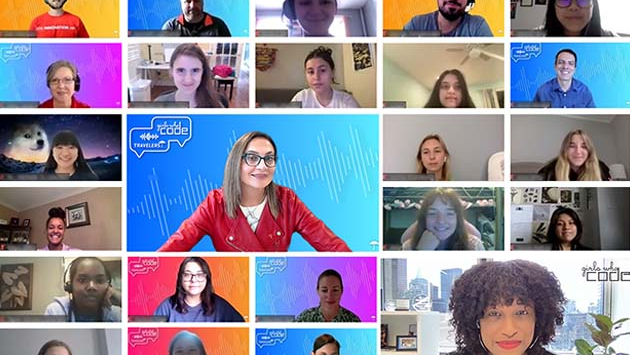Commercial Underwriting with Speed and Agility

With more than 30 million small businesses in the U.S. today, the marketplace for insuring these smaller commercial enterprises grows more complex and competitive every year. These business owners need a variety of coverage options, ranging from employee liability and workers compensation to property and casualty insurance.
But the time-consuming process of getting these small business owners quickly underwritten with accurately priced policies has long been a pain point for insurance agents.
To solve that long-standing business problem, Travelers' multidisciplinary Agile teams completely redesigned and re-architected an existing system to produce Business Owner Policy (BOP) 2.0.
This new digital capability provides agents with greater flexibility, faster workflow and real-time pricing across a broader range of customers. It also expands the classes of small businesses eligible for coverage, enabling 200+ coverage options and multiple discount choices. With its intuitive screens and the ability to auto populate application fields, this modernized business classification system leverages machine-learning (a form of AI) to improve agent efficiency and create a market-leading capability for Travelers.
Our agents and brokers who sell our products tell us they welcome the flexibility, expanded offerings, built-in decision support and new policy discounts delivered by BOP 2.0.
Since its initial pilot in July 2019 and official launch in January 2020, BOP 2.0 is now available to Travelers agents across 47 states. It’s making an impact in the small commercial insurance space, which is a nearly $4 billion per year business for Travelers.
BOP 2.0’s AI-powered recommendation engine and built-in agent support tools leverage geospatial and public data to accelerate an agent’s ability to determine the correct business classification for the risk based on limited information, such as a name and street address.
Being able to offer real-time recommendations to agents during the underwriting process cuts the number of questions new customers have to answer by 70%. In the past, getting to the level of detail required to issue an accurate policy quote to a small business owner typically required agents to answer more than 40 questions. With BOP 2.0, thanks to sophisticated user experience design and modernized business classification, agents must ask customers as few as nine eligibility questions.
The new platform makes quoting and issuing small business policies easier and faster than ever, with built-in flexibility to meet the unique needs of individual small business owners.
More technology & analytics
Helping Future Women Technologists
Future women in tech get coding experience at Travelers through Girls Who Code.

Innovation PODs Launch Solutions
Small groups within Claim work on innovative projects that yield meaningful business results.

A Data-Driven Company Powered by AI
Mojgan Lefebvre, Chief Technology and Operations Officer, on how Travelers uses deep learning, Al and design thinking to create best-in-class customer solutions.
